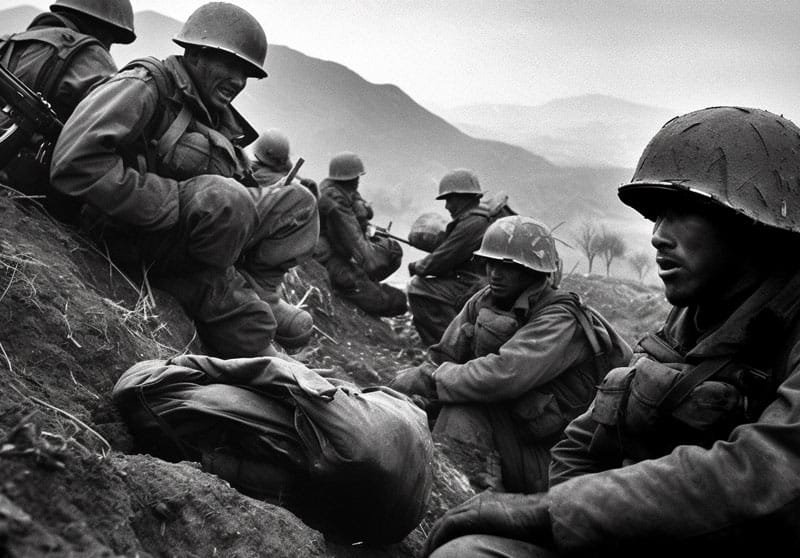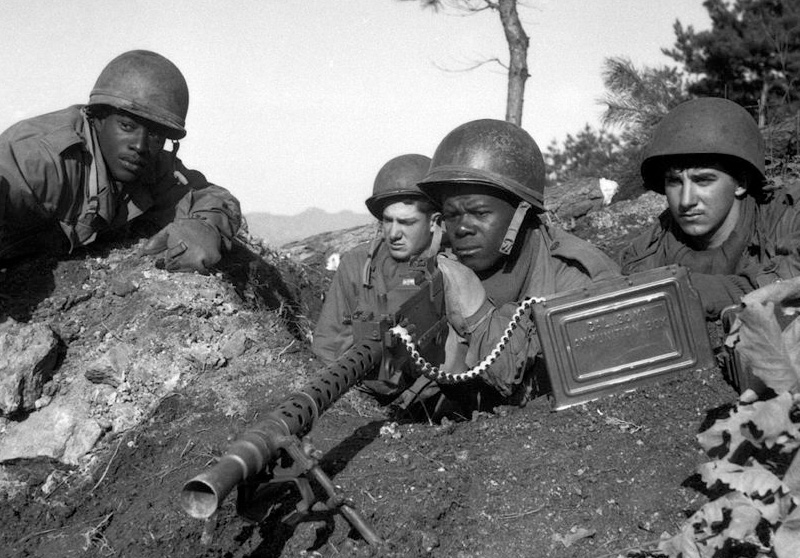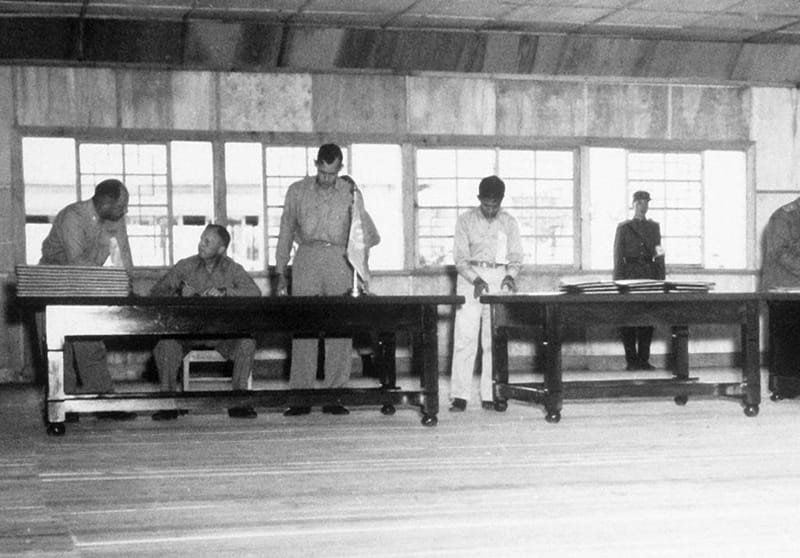A comprehensive article on the Battle of the Imjin River, a critical engagement during the Korean War. In this piece, we will explore the historical context, causes, key players, strategies, and outcomes of the battle. By reading this article, you will gain a deeper understanding of the significance of the Battle of the Imjin River and its lasting impact on the Korean War.
What You Will Learn
By delving into this article, you will learn:
- The historical background leading up to the Battle of the Imjin River.
- The causes and objectives of the battle for both sides.
- The key players and military forces involved in the conflict.
- The strategies and tactics employed by the opposing sides.
- The course of the battle, including major engagements and turning points.
- The outcomes and consequences of the Battle of the Imjin River.
- The enduring significance of the battle within the context of the Korean War.
Historical Context
To understand the Battle of the Imjin River, it is essential to grasp the historical context that preceded the conflict. Here are some key points:
- Korean War outbreak: The Korean War erupted on June 25, 1950, when North Korean forces invaded South Korea, seeking to reunify the divided nation under communist rule.
- United Nations intervention: In response to the North Korean aggression, the United Nations, led by the United States, deployed military forces to support South Korea and defend the principles of international peace and security.
Causes and Objectives of the Battle of the Imjin River
The Battle of the Imjin River, which took place from April 22 to 25, 1951, was a major confrontation during the Korean War. Here are the causes and objectives of the battle:
- Strategic importance: The Imjin River, located near the 38th parallel, held significant strategic importance as a natural barrier and a potential defensive line against the North Korean and Chinese forces.
- Chinese offensive: The Chinese People’s Volunteer Army launched a large-scale offensive with the aim of pushing the United Nations forces south of the Imjin River and achieving a breakthrough in the Korean War.
Key Players and Military Forces
The Battle of the Imjin River involved several key players and military forces. Here are the primary actors in the conflict:
- United Nations forces: The United Nations forces, primarily consisting of British and Commonwealth troops, formed the defensive line along the Imjin River. Major General James Cassels commanded the British 29th Infantry Brigade, which played a crucial role in the battle.
- Chinese forces: The Chinese People’s Volunteer Army, under the command of General Peng Dehuai, launched the offensive with a massive number of troops, aiming to break through the United Nations’ defenses.
Strategies and Tactics Employed
Both sides employed various strategies and tactics during the Battle of the Imjin River. Here are some notable approaches:
- United Nations defensive line: The United Nations forces constructed defensive positions along the Imjin River, utilizing natural terrain features and reinforced bunkers to create a formidable defensive line.
- Holding actions: The British and Commonwealth troops conducted holding actions, engaging in fierce combat to delay the Chinese advance and inflict maximum casualties on the enemy.
- Tactical withdrawals: As the Chinese forces overwhelmed the United Nations defenses, the British and Commonwealth troops executed strategic withdrawals to maintain cohesion and minimize losses.
Course of the Battle
The Battle of the Imjin River witnessed a series of engagements and a fluid operational course. Here is an overview of the major developments:
- Chinese offensive: The Chinese launched a massive offensive on April 22, 1951, overwhelming the United Nations defenses and infiltrating their positions along the Imjin River.
- Fierce fighting: The British and Commonwealth troops engaged in intense combat, defending their positions and inflicting heavy casualties on the attacking Chinese forces.
- Tactical withdrawals: Due to the overwhelming Chinese numerical superiority, the United Nations forces executed strategic withdrawals to prevent encirclement and preserve their fighting capabilities.
Outcomes and Consequences
The Battle of the Imjin River had significant outcomes and consequences that shaped the course of the Korean War. Here are some key points:
- Delaying the Chinese offensive: The United Nations forces, through their determined resistance, succeeded in delaying the Chinese offensive, buying valuable time for reinforcements to arrive and regroup.
- Sacrifice and casualties: The battle resulted in significant casualties for both sides. The British and Commonwealth troops, though heavily outnumbered, demonstrated immense bravery and resilience in the face of overwhelming odds.
- Strategic implications: The Battle of the Imjin River showcased the determination of the United Nations forces to defend South Korea and provided valuable lessons on defensive tactics and the challenges of facing a numerically superior enemy.
Enduring Significance
The Battle of the Imjin River holds enduring significance within the broader context of the Korean War. Here are some notable points:
- Symbol of bravery and sacrifice: The battle symbolizes the unwavering bravery, sacrifice, and resilience displayed by the British and Commonwealth troops in the face of a formidable enemy.
- Lessons learned: The Battle of the Imjin River highlighted the importance of preparedness, fortifications, and cohesive defensive strategies in countering a numerically superior adversary.
- Remembrance and commemoration: The battle is commemorated annually in South Korea and holds a special place in the collective memory of the nations involved, honoring the sacrifices made by those who fought in the conflict.
Conclusion
The Battle of the Imjin River stands as a testament to the bravery and determination of the British and Commonwealth troops who defended their positions against overwhelming odds. By examining the historical context, causes, key players, strategies, and outcomes of this battle, we gain valuable insights into the challenges faced by the United Nations forces during the Korean War. The Battle of the Imjin River remains an indelible chapter in the history of the conflict, highlighting the sacrifices made by the soldiers and the resilience of those who fought to defend South Korea.
- The Battle of Midway: Turning the Tide in the Pacific - June 7, 2023
- The D-Day Operation of June 6, 1944 - June 6, 2023
- The B-29 that Changed History - June 4, 2023





